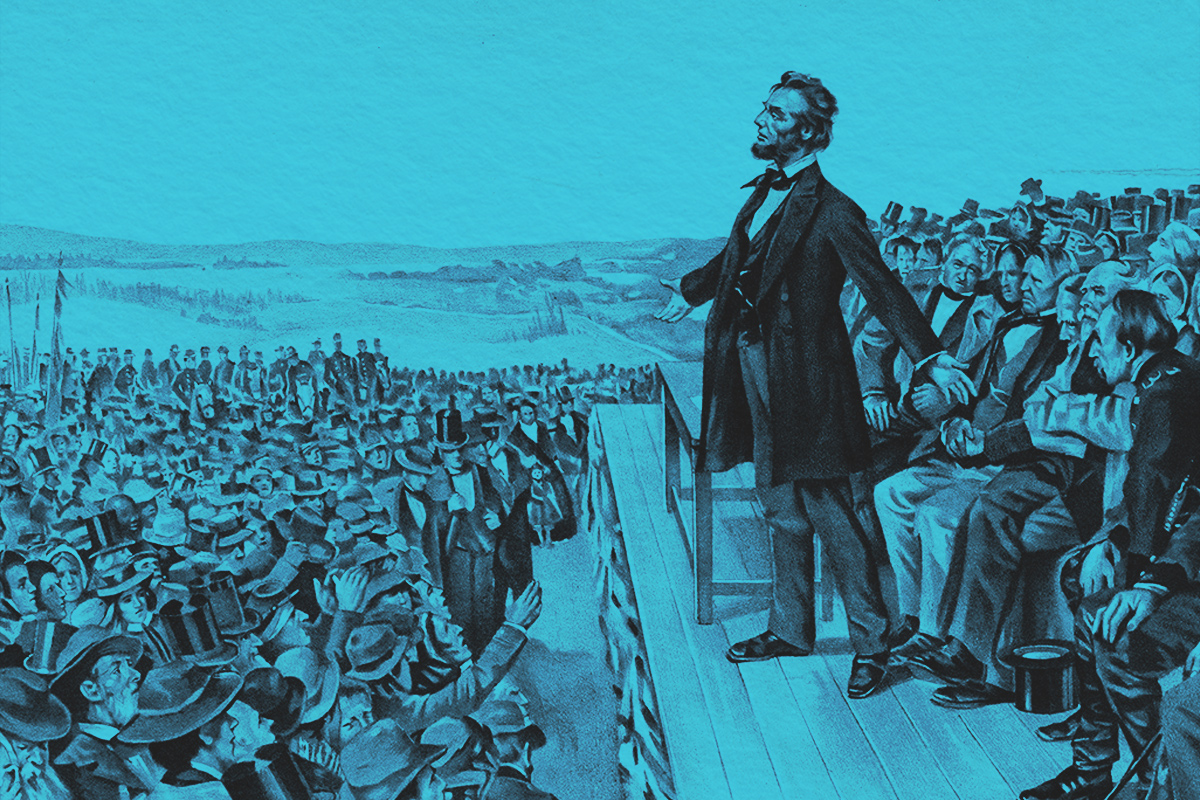
When faced with something immense, sometimes the simplest reaction is letting your jaw drop in stunned silence. But if you’re looking for words to describe what you’re seeing, common vocabulary is either “large” or “big.” These synonyms are effectively interchangeable for physical size or a huge number, but there are nuanced differences between the words to describe less tangible qualities than sheer mass.
In general, think of “large” as a more quantifiable term that describes immensity, and think of “big” as a colloquial, flexible word that conveys feelings of importance. For example, “a big birthday party” could mean either an important birthday or one attended by many people. But “a large birthday party” doesn’t have the same connotation of importance. Instead, “large” would be used to describe measurable amounts, such as the actual attendance numbers or size of the event space.
Consider the way we call someone “the bigger person” for how they admirably handle a tough situation. You’re not commenting on their physical size; it’s a statement of their emotional greatness. “Large,” on the other hand, is the correct choice in many professional contexts, such as discussing “a large customer base.” This is especially appropriate when there’s a comparison to smaller or larger sizes.
While “big” and “large” are synonymous in many contexts, understanding these nuances can help kick your communication and writing up a notch. Is it a big deal if you get it wrong? Only if a large number of people misunderstand you.





















